SocialFi is currently the hottest term on the market. SocialFi is literally a combination of Social+Finance. Social refers to a decentralized situation, while Fi is a social token system added for social behavior management and incentive, thus naturally forming a combination of social and financial.
1. Why do we need SocialFi?
1.1 People have dissatisfaction with Web 2.0 social platforms
YouTube, Tiktok, and other video platforms not only have video resources purchased by the platform but also have abundant original videos from users. Users upload videos and share their life, and the click-through rate of the videos translates into advertising fees, which motivates users to continue creating, forming a very good economic loop. So we can see that in addition to YouTubers, ins creators, game players who are not traditional creators in common sense, such as educators, salespeople, chefs, etc., have created Tiktok accounts to transform themselves into the form of digital media. But there is a structural problem with the revenue model of Web 2.0 social. The mainstream social platforms that currently exist, such as YouTube, TikTok, Reddit, and Facebook, have adopted an ad-subsidized free product model, meaning that content consumption on the platform is free so that they can rapidly scale their users, and on the other hand, they rely on paid revenue from advertisers to subsidize the creators on the platform. The fundamental problem with this model is that the revenue eventually flows to the head creators, while most long-tail creators do not get a share. The revenue that should be theirs is actually diluted by the head power, and the principle of digital equity is affected to some extent.
1.2 Shortcomings of Web 2.0 traditional social
The emergence of SocialFi is an inevitable product to combat the shortcomings of traditional social platforms. In the Web 2 era, traditional social platforms were controlled by major social operators, and operators continued to profit from the underlying social data, while users hardly benefited.
In the traditional social platform, users' social data is saved in the form of fields on the operator's server, and the data belongs to the platform. SocialFi works with blockchain technology, and the data are more conducive to solving the confirmation problem of users' data.
Under the algorithmic mechanism of traditional social platforms, there is a problem of an unbalanced distribution of interests between users and platforms in terms of realization, which is not conducive to protecting users' rights and interests. SocialFi is a way for users to gain revenue through the financialization of social influence, without the problem of third-party draws such as platforms.
The registration of all accounts in traditional social networks requires users' real identity information, which is stored in the backend of operators and is highly vulnerable to leakage; SocialFi is based on blockchain technology, and the anonymity of users' identity information helps protect privacy and security.
1.3 Social is a necessary component of Metaverse and Web3.0
After nearly 30 years of development, the reason why new hotspots continue to emerge in the social circle is still rooted in people's pursuit of social identity, as evidenced by the development of Meta (formerly Facebook), the world's social giant with 1.93 billion daily activities. At the beginning of the Internet's development, the emergence of equality and anonymity due to opposition to traditional thinking made the Internet an unregulated world, where information on the Internet was mixed and individuals could not feel the true temperature. Meta, on the other hand, introduced the real-name system and distinct personal identity for the first time in the Internet world, so that the Internet began to intersect with the real world and greatly enhanced people's Internet experience.
Today's crypto world has also come to this juncture. While we pursue the data sovereignty brought by technology, we are equally eager to gain our own unique identity and positioning and to establish a real emotional connection with others. In the transition from Web 2.0 to Web 3.0, Internet users need to build some middleware to migrate from the simple to the complex. And it is impossible to move from the real world to Metaverse overnight. The realization of the metaspace concept requires starting from the existing Internet world and using a series of Web 3.0 components to send Internet users to the metaspace world in batches and phases. After trying out DeFi's decentralized asset stream, NFT's digital work value discovery, and GameFi's fun P2E, decentralized opinion publishing, and the personal display becomes the next Web 3.0 component to be explored and developed. As we can clearly see in the past history of Internet development, socialization can be said to be a rigid demand of Internet users.
2. The Classifications and Value of SocialFi Token
The current social tokens are based on the reputation, profitability, and brand influence of an individual or organization. Social tokens are usually issued to encourage users to contribute to that community, or tokens are used to motivate users to contribute valuable content, and personal tokens are also dedicated to exploring the added value of individual content creators. In general, social tokens can be divided into three categories.
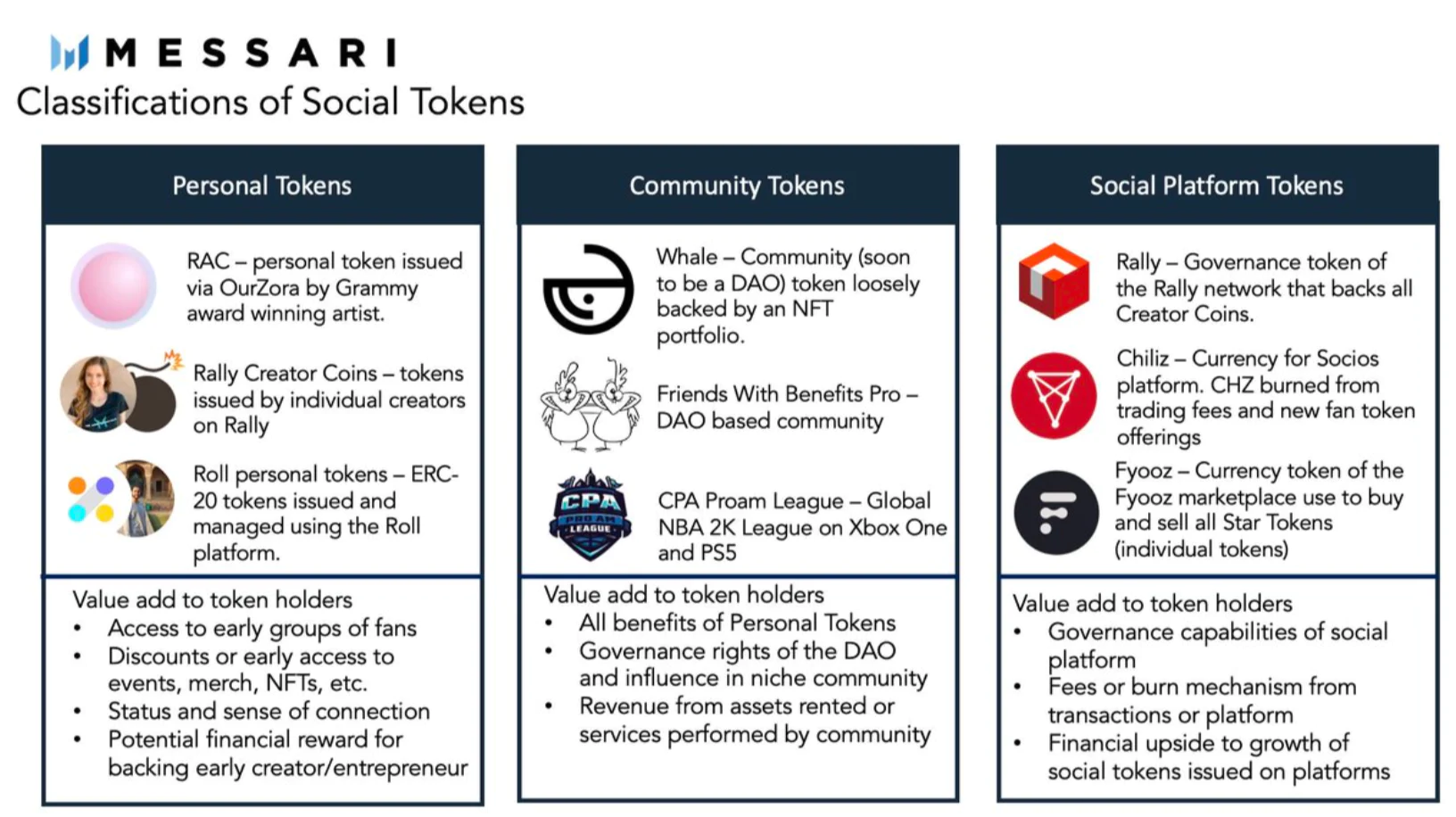
Source: Messari
2.1 Personal tokens
2.1.1 What are personal tokens?
Personal tokens are mainly issued and governed by individuals. It is mainly used for exchange, where users on the chain can exchange tokens for jobs that match the average productivity of the community, as long as they have recognition of the community. A typical example of a personal token is Roll, a community currency layer protocol developed based on Ethereum.
2.1.2 What is the value of personal tokens?
The value of personal tokens must stem from the project's sensible mechanics. In general, personal tokens have the following roles.
Access
Access to a personal or exclusive community is valuable. People are social animals and always want to join a niche collective of like-minded people, and this is most evident in the fan economy. For example, a fan support group that can only be accessed after purchasing a token/NFT of a celebrity.
Financial Benefits
Exchanges like Binance, whose platform tokens have revealed the potential value of tokens. Individual tokens can come with similar discounts for merchandise, events, NFTs, and anything else sold by creators, brands, etc.
Financial Rewards
As the token increases in value, early holders receive financial rewards.
2.1.3 SocialFi in Personal Tokens
Whale (https://whale.me/ )
Whale is issued by an individual buyer, WhaleShark, based on the Roll platform. Its token value is based on the NFT assets held by WhaleShark himself, and the Whale vault is regularly audited by NonFungible.com. Whale allocates 50,000 tokens per month for NFT acquisitions, donations to artists, team salaries, community events, etc., which are recorded through Discord, one of the leading social media platforms overseas. In addition, creators can earn WHALE by pledging their NFT creations, and can also sell their work on Opensea with a Whale price tag.3.2 Community tokens
Community tokens are mainly issued and controlled by groups and are usually managed by decentralized autonomous organizations (DAOs). Community tokens are mainly used to motivate members to contribute to the community. For example, community tokens are used to gain access to telegraph groups, special messages, etc. Community tokens are also used to encourage deeper participation by community members, such as when the community launches a contest where token holders can vote on who will win at the end.

Source: Whale
2.2.1 What are community tokens?
Community tokens, similar to individual tokens, have a token value that reflects the expectation of the value of the community. Communities are generally divided into two categories, content communities and DAOs, with the former generally assigning value to content created within the community, whether it be articles, tweets, images, etc., or some kind of behavior, either by making it NFT or by rewarding it with tokens, in order to incentivize the creation of content and its consumption within the community. There is no better example than Mirror, a decentralized content creation platform similar to Medium, where articles posted can be made as NFTs and can be kept on the chain for decentralized access.
Others are managed tokens that serves the purpose of DAO creation, such as Friends with Benefits, which has received investment from many top VCs such as a16z. FWB is a private social platform based on the Discord private server that brings together a group of creators and thinkers in the crypto space. Its token $FWB has a constant supply of 1 million, and participants need to hold a certain amount of the native token $FWB to join the social circle.
The line between community tokens and personal tokens is sometimes less clear, and personal tokens will naturally transition to community tokens as they grow in size and popularity. For example, WHALE, which was started by an individual, later evolved into a collective whose treasury is controlled by the community. The most prominent role of community tokens, in addition to having the value of individual tokens, is to give the token holders community governance and voting rights.
2.2.2 SocialFi in Community Tokens
RALLY (https://rally.io/ )
RALLY, one of the earliest and most well-known social token issuance platforms, features the ability to combine its native governance token, RLY, with the creator's social token and mint it into a new personal token, which must be converted through RLY. The platform covers the entire process of issuance, channeling, funding, and trading, and Rally uses Layer2 solutions to optimize mechanisms such as instant trading. The token holder has management rights to the Rally Network.

Source: Rally
BitClout (https://bitclout.com/ )
BitClout, a decentralized social platform, benchmarked against Twitter, aims to create a decentralized alternative to Twitter through proof-of-work and blockchain construction. The platform adds to the community hype by passively issuing social tokens to Twitter KOL celebrities, and individuals can own and trade their own Creator Tokens. In addition, BitClout has a POW blockchain designed to run social media and a built-in dedicated DEX. BitClout social media platform revealed a lavish investment camp including Sequoia, a16z, and Coinbase Ventures, which gained traction in the industry and subsequently, as several Twitter celebrities claimed BitClout accounts. BitClout's wealth effect increased, pulling away from other blockchain social media projects. After BitClout changed its name to Decentralized Social (DESO), DeSo is the underlying public chain of BitClout, which is an application on top of the Deso blockchain.
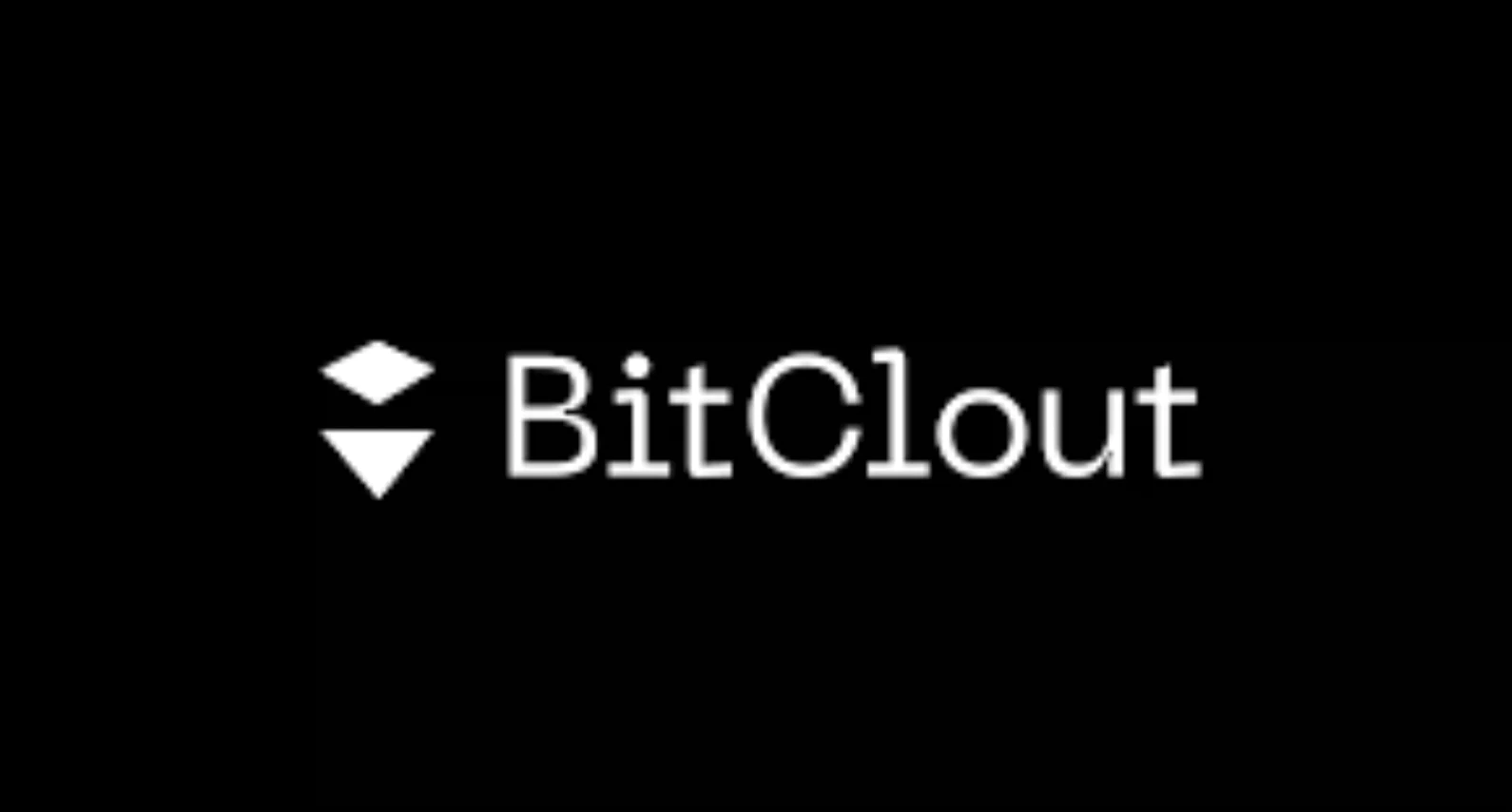
Source: BitClout
Chilliz (https://www.chiliz.com/ )
Chilliz is a social token in the fan economy, focusing on the sports. CHZ is a sports and entertainment fan incentive platform based on blockchain technology. Socios currently works with 48 clubs or partners including AC Milan, Manchester City, Arsenal, Barcelona, Paris Saint-Germain and Juventus to issue fan tokens. users of Socios.com can purchase club fan tokens by holding Chiliz. By holding Chiliz, users of Socios.com can have the right to vote in the community, make decisions and other benefits. In this community, fans with fan tokens can vote on matters such as the club's jersey colors, stadium music and logo, friendly matches, charity lineups, entrance songs, etc.
Friends with benefits (https://www.fwb.help/join )
Since its birth as a social experiment in September 2020, FWB is a community that drives the cultural value of Web3 now. DAO members have launched a token-gate application, a gallery of NFT tools, a Web3 editing enterprise, a virtual music studio, and a live community dashboard, in addition to a series of gatherings around the world. FWB's next project is FWB Cities, which aims to expand the DAO's IRL footprint by partnering with city-specific spaces, communities and experiences to bring real-world benefits to FWB members. to represent community membership in the DAO. Received investment from a16z in October 2021.

Source: Friends with Benefits
2.3 Social Platform Tokens
2.3.1 What are Platform Tokens?
Platform Token represents the Token of control over the platform. Platform Token is mainly to facilitate creators to issue and manage Tokenized communities. The most iconic social platform token is Rally, which provides the primary tool for creating social tokens, and is where the live gaming site Twitch creates its own social tokens, primarily to reward creators and members on Twitch. The platform encourages non-primitive crypto traditional media platforms to connect with mainstream audiences by issuing tokens.
2.3.2 SocialFi in Platform Tokens
Mirror (https://mirror.xyz/)
Mirror is a decentralized content distribution platform built on Arweave, created by Denis Nazarov, former partner of a16z crypto. Mirror starts from a content financialization perspective, providing a platform that gives each article the property of "NFT+Governance", where the content can be invested, traded and governed. Creators who meet the requirements can launch a crowdfunding campaign under the article, and users can participate in the crowdfunding campaign to receive NFT share tokens. In addition, invitation tokens WRITE are used to create columns, and holders have voting rights. mirror's NFT token minting is done with the help of the Zora platform.
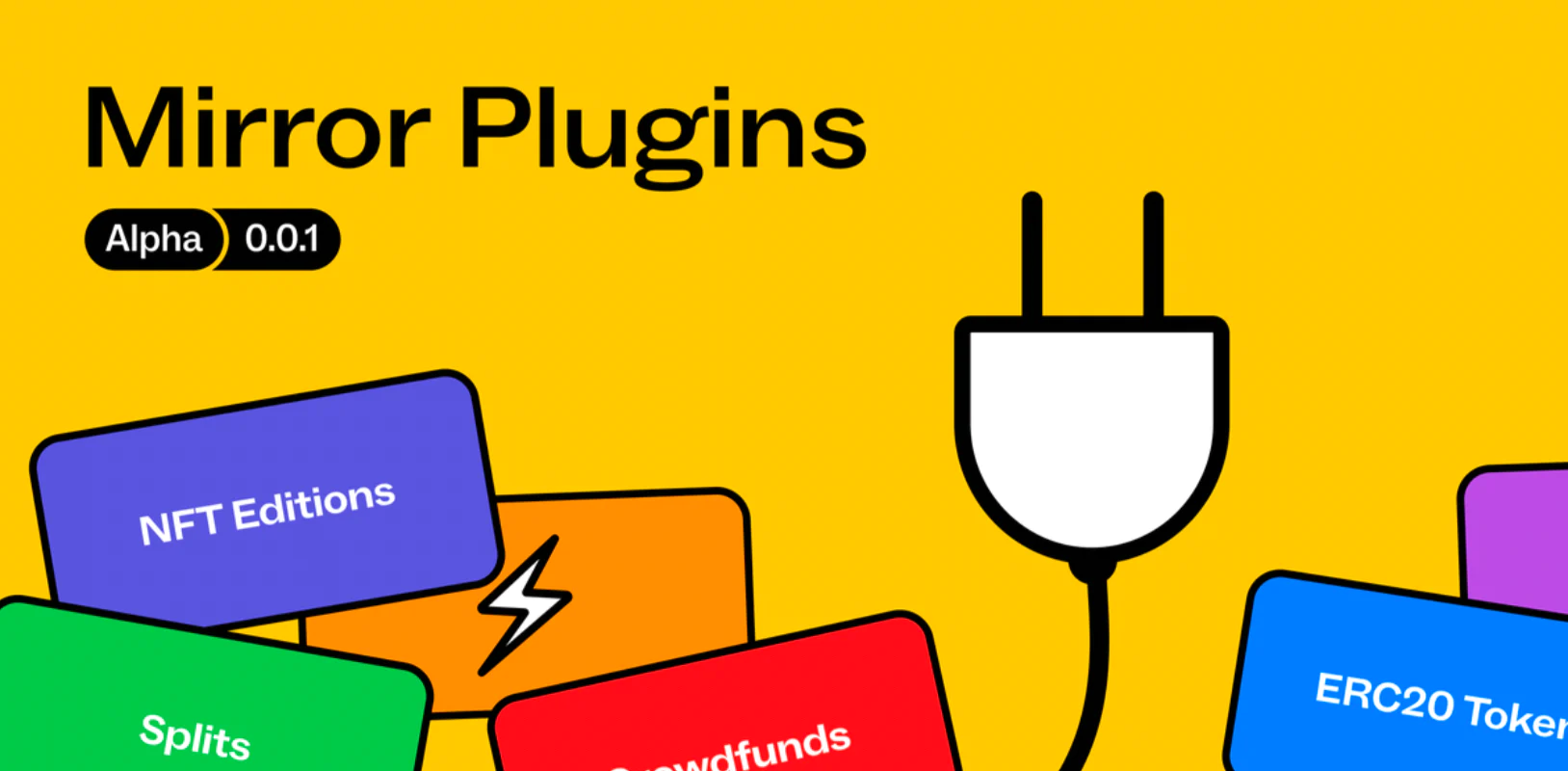
Source: Mirror
RSS3 (ss3.io/#/)
RSS3 is a new generation of decentralized social and content protocol that returns data, including relationships, content, and portraits, to users through built-in mechanisms for commerce, recommendations, and storage. rss3 aims to promote efficient and free information delivery, secure and decentralized data storage, and emphasizes inclusiveness, supporting not only different types of applications but also opening up modules with different functions, which provides for its future This provides flexibility and feasibility for its future development. RSS3 is platform-less media, so if for some reason a creator wants to change platforms, he or she just needs to bring his or her ID and migrate to the new platform, and all the content and followers will follow the migration in parallel. together with Mask Network to create SuperFollow Dapplett on Twitter, which will add Patreon functionality on Twitter for all Mask and RSS3 users.
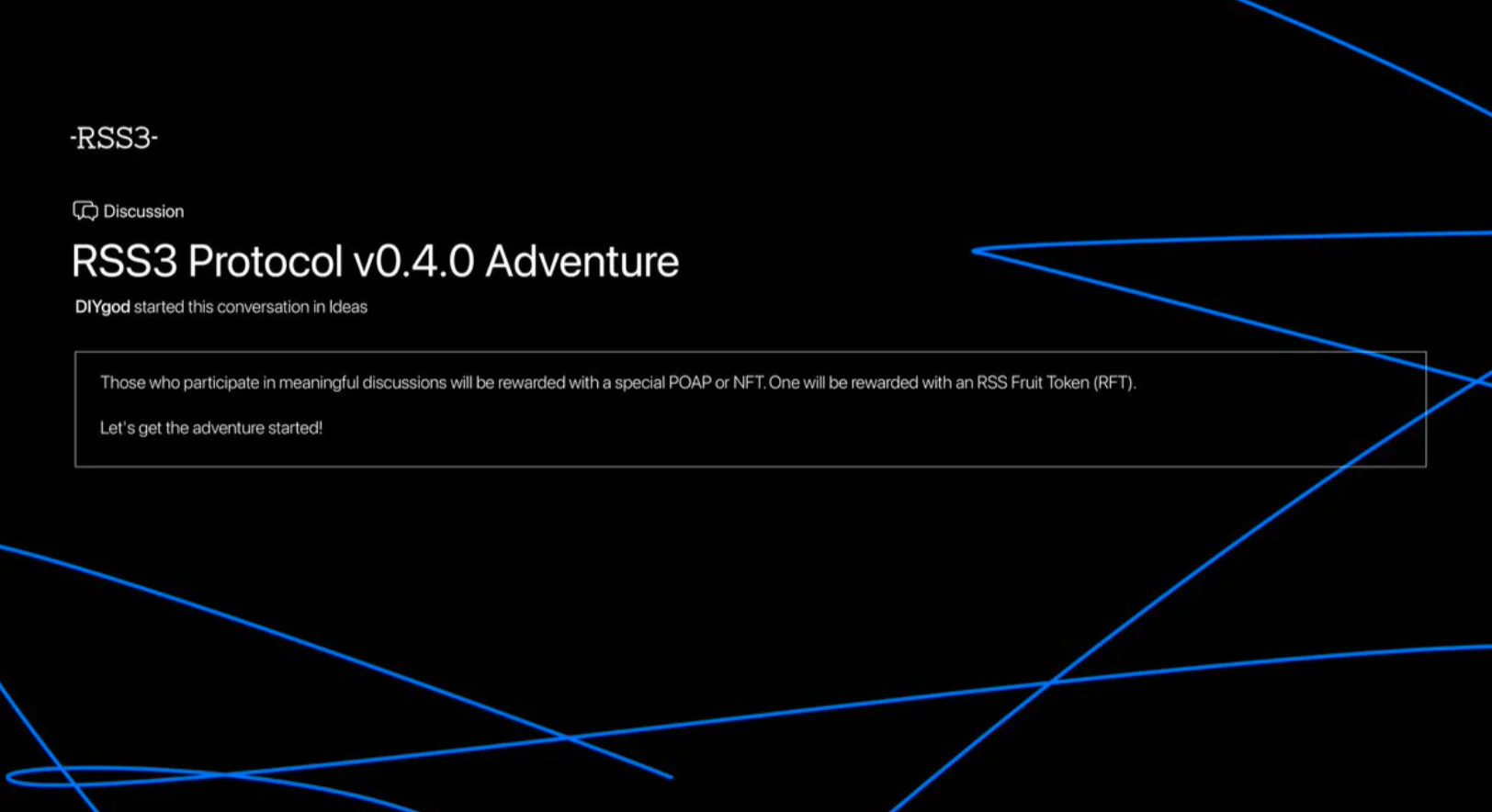
Source: RSS3
Showme (https://showme.showme.fan/)
ShowMe is a Web 3.0 NFT subscription social platform, part of Gryffindor Labs, where creators can attract and accumulate followers through flexible subscriptions that allow users to enter the club, including free, paid, hold NFT, and Token subscriptions. The core functional modules are subscriptions, NFT membership and NAAS (NFT-as-a-service). ShowMe first introduced the concept of PONA (Proof of NFT Achievements). ShowMe hopes to help creators classify and categorize users through a gamified social NFT achievement proof method so that creators can reach precise users through the layering of information and content.
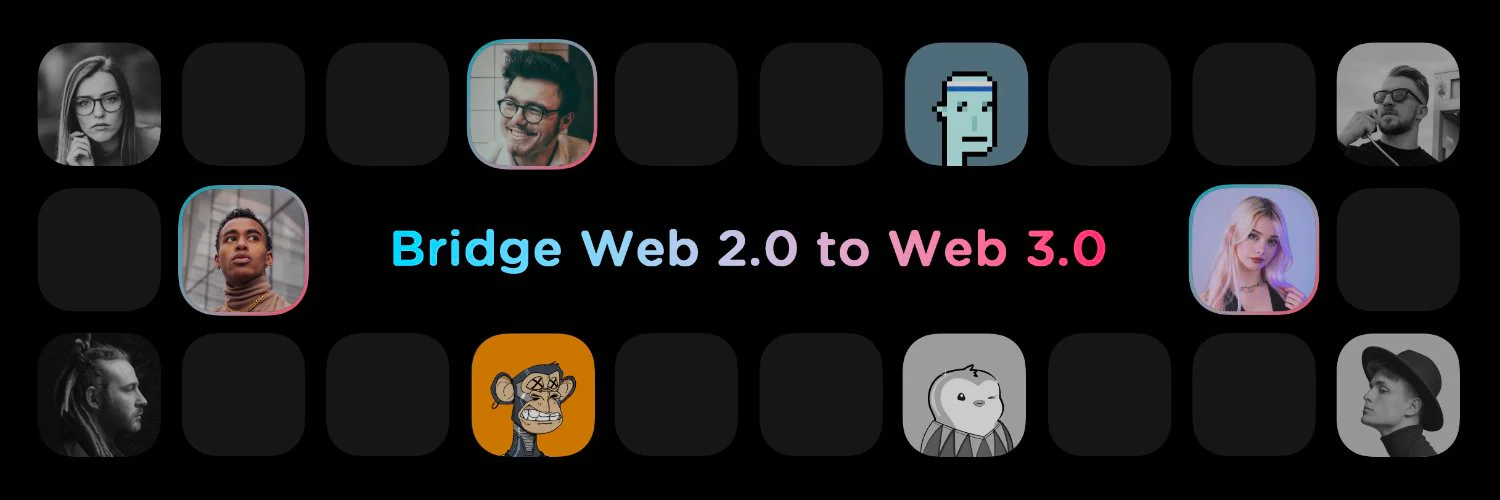
Source: Showme
3. Is Socialfi about to break out?
The theory of value accumulation in the social token ecosystem is quite intuitive. Social token platforms with a strong token economy model derive value directly from social tokens and will have the greatest opportunity to accumulate revenue and value from individual and community token offerings. In this vertical, social platforms with new public chains capture even more value, but back to what was discussed, we currently do not have enough user base to support large social applications, and crypto-native inside-out scaling is limited by user habits, user experience, regulation, learning costs, content richness, privacy safeguards, and other factors.
The experience of the exponential growth wave of the Internet and mobile terminals shows that once the user base of a new technology reaches one billion, the gravitational pull of mass market applications begins to explode. The explosion of the Internet came in the Web 2 era, when every household began to own a computer and generate a range of behavioral data in forums. By comparison, Ether now has only 180 million addresses. At the current growth rate, which is representative of Web 3 penetration, it will take another 5 years to reach 1 billion users.
The number of users and the non-financial data on the chain are what we need to focus on. Looking back to the Web 2 era, WeChat surpassed MiChat precisely because it reached the network effect in social, and the emergence of social usage scenarios required the massive popularity of new technologies. the explosive growth of Web 2 social media emerged after 1 billion users. The current popularity of cryptocurrency is not enough to support the explosive growth of applications like Bitclout. At this point, the transformation of traditional social self-traffic represented by Twitter will have a huge first-mover advantage. the founders of Soundwise believe that SocialFi may underperform in 2022, with Creator token seeing a boom in early 2021. While explosive growth will eventually occur, it is still a few years too early. With a limited crypto user base, the number of people supporting individual creator token issuance and the number of social platform users will be discounted again.
4. Which direction is more likely to capture the most value in SocialFi?
In SocialFi, things haven't really started yet. Personal token offerings are also likely to converge to a unified standard, which means social networks will have to provide value to users in other ways than just helping creators make their own initial public offerings, and those values will add value to the platform.
Personal tokens may have the greatest potential for percentage growth, but they are also the riskiest in terms of investment. They appreciate in value based on the accomplishments of the individual creator, so they can be asymmetrically lucrative for early investors. Still, the accumulation of total value is limited. It is difficult for individual influencers to reach tens of billions of dollars because they are limited by their personal brands.
What a group can accomplish is larger in scale than an individual, and therefore has correspondingly greater potential for growth. Unlike ICOs, which are widely criticized for issuing coins out of air, community tokens are issued based on certain value underpinning either the profitability, popularity, popularity or reputation of their creators, and the open and permissionless nature of crypto-economic primitives can facilitate the formation of a fan-driven value discovery market. This value, native to the Internet community, is easier to capture than physical assets on the chain. Until a real-world asset uplink solution is perfected, community tokens may become one of the most promising incremental markets to the real world.
Most social tokens are more likely to succeed with tokens that have cash flow or other financial attributes than those that do not explicitly provide revenue to token holders. All three social token categories have the potential to be financially successful as the social token movement continues to evolve. For the earliest users, there is likely to be a larger percentage return at the individual or community token level, while distribution and aggregation platforms will yield higher returns. Finally, tools, incubators and a number of other businesses serving the growing social token trend will create significant value. the transition from Web 2.0 to Web 3.0 becomes particularly important, whether it is better compatibility with user habits, user experience, content richness, learning costs, and regulatory exploration. Middleware like Mask Network is undoubtedly able to capture some value, and middleware may also bring bright performance in this transition process.